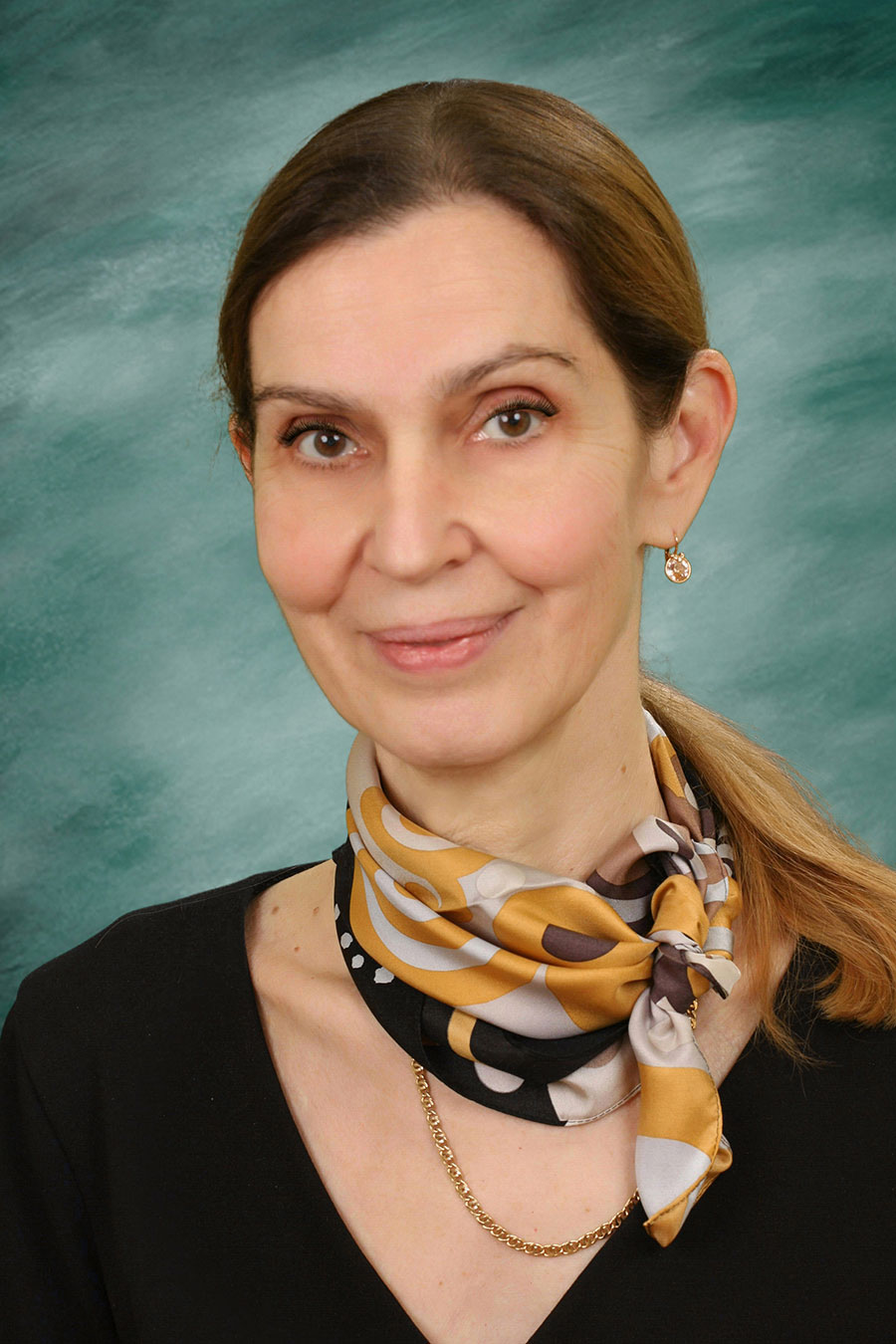Being the head of a university has always been a great responsibility, both in the past and present. At the same time, it is also a great opportunity. In the case of an art university, the Rector’s personality and the institution’s attitude led by them can determine the role and significance of the given art field for long years in cultural life. As I see, the Hungarian Dance University, with its broad spectrum of education, outstanding training programmes, research and development of art, and educational and scientific methods, can significantly contribute to the development of Hungarian dance art and Hungarian culture, also Hungarian society. Like all art forms, I believe that dance art can represent Hungarian cultural values globally, supporting their international integration and reputation. At the same time, dance art can undertake the vital role of strengthening national identity in the Carpathian Basin as well.
In the case of the Hungarian Dance University, one of the most critical questions is how we can progress with the times. We wish to utilise the new circumstances and possibilities provided by the model shift to preserve our earlier unique profile and virtues and expand training programmes. This way, educators and through them, our students can learn about the latest trends in dance art and provide quality education meeting the requirements of modern times.
The Hungarian Dance University represents several disciplines of dance art with outstanding results as an institution of arts higher education in Hungary. We aim to become a colourful and dominant training centre of the region, i.e. of Central Europe – in my vision with a further extension of programmes of ever-increasing quality.
As an artist myself, I believe in the power of dance. By visualising human conditions of life, emotions, thoughts and artistic messages, dance art is an art form that gives us cathartic experience.
„Dance is the art of the present because it is quick, has an immediate effect, is dense and works with parabolas. It is visual art that does not need to utter everything to tell us everything. I live for the expansion of dance so that this wish for dance could come to daylight, so that there should be dance, and it could take its rightful place. Which one is this place? The first one. At least in my opinion.”
The quotation is from Maurice Béjart, one of the most significant choreographers of the 20th century. I can fully identify with his thoughts and would like to realise them by seeing my assignment as service and make my contribution to the establishment of the Hungarian Dance University as a future-oriented and acknowledged institution all over Europe, ready to meet the challenges of the 21st century with the means of education and culture, including dance art.
Márta Fodor-Molnár
Rector of the Hungarian Dance University



